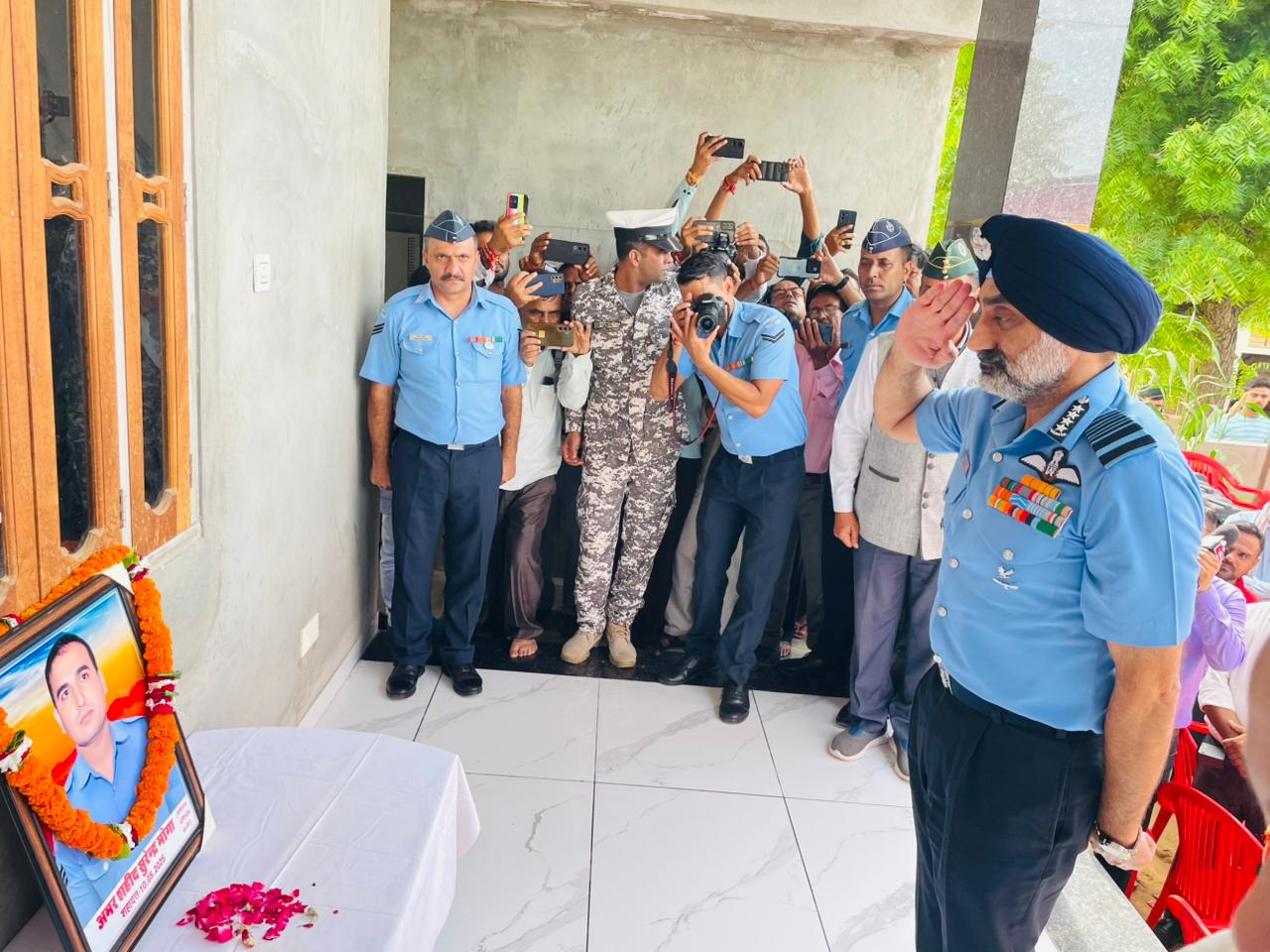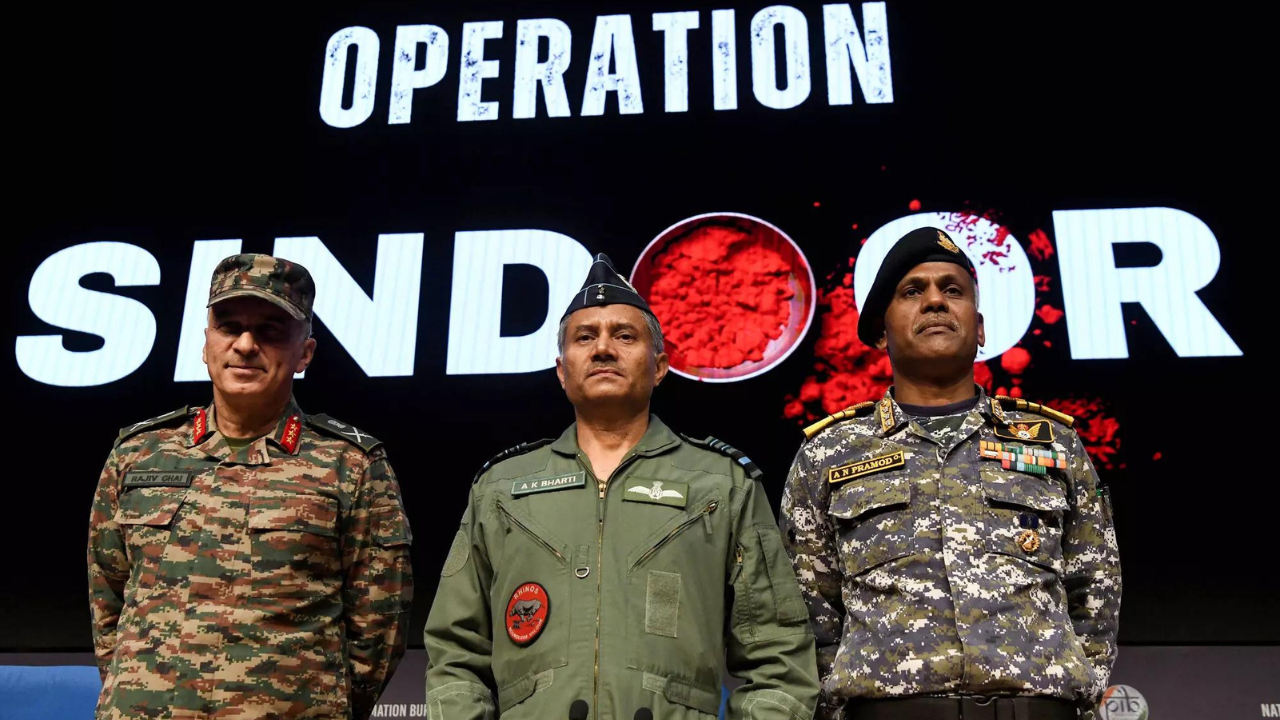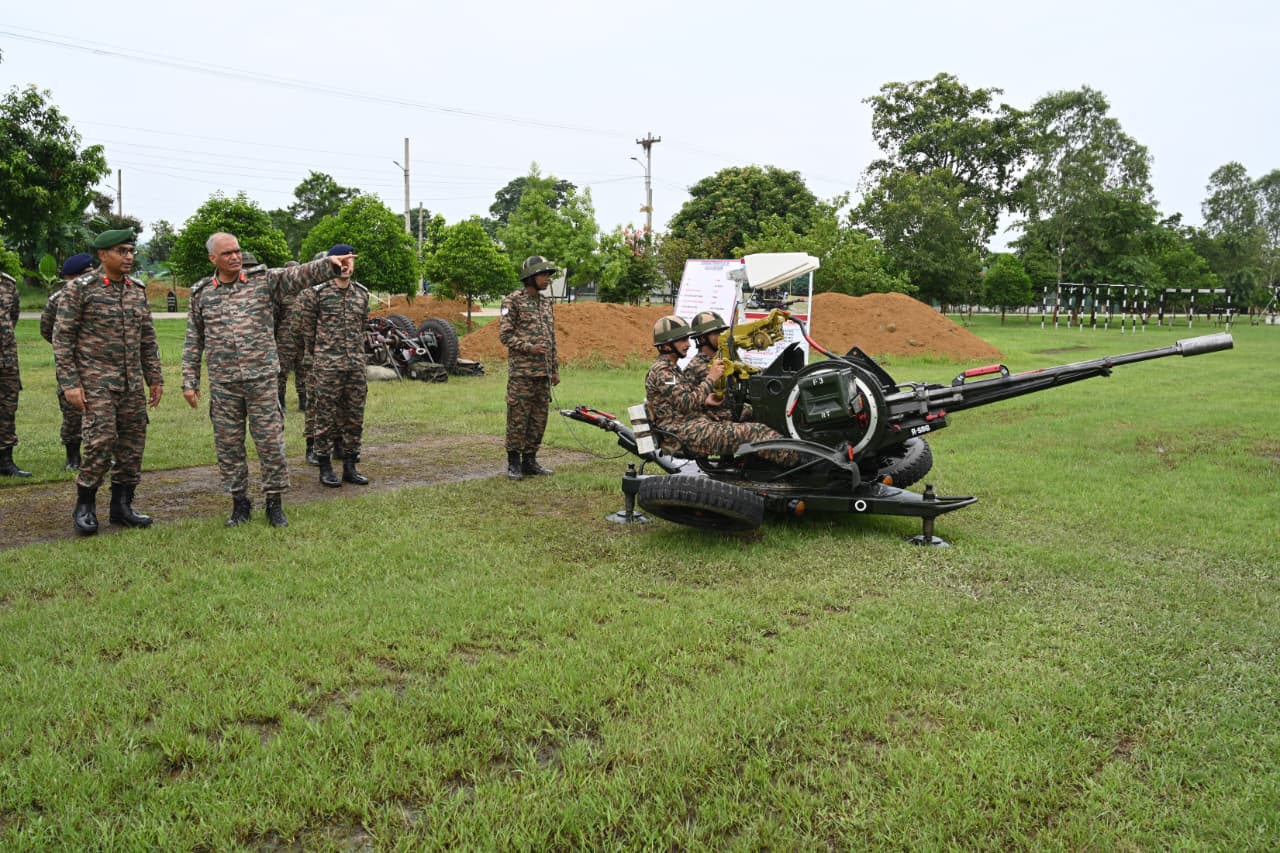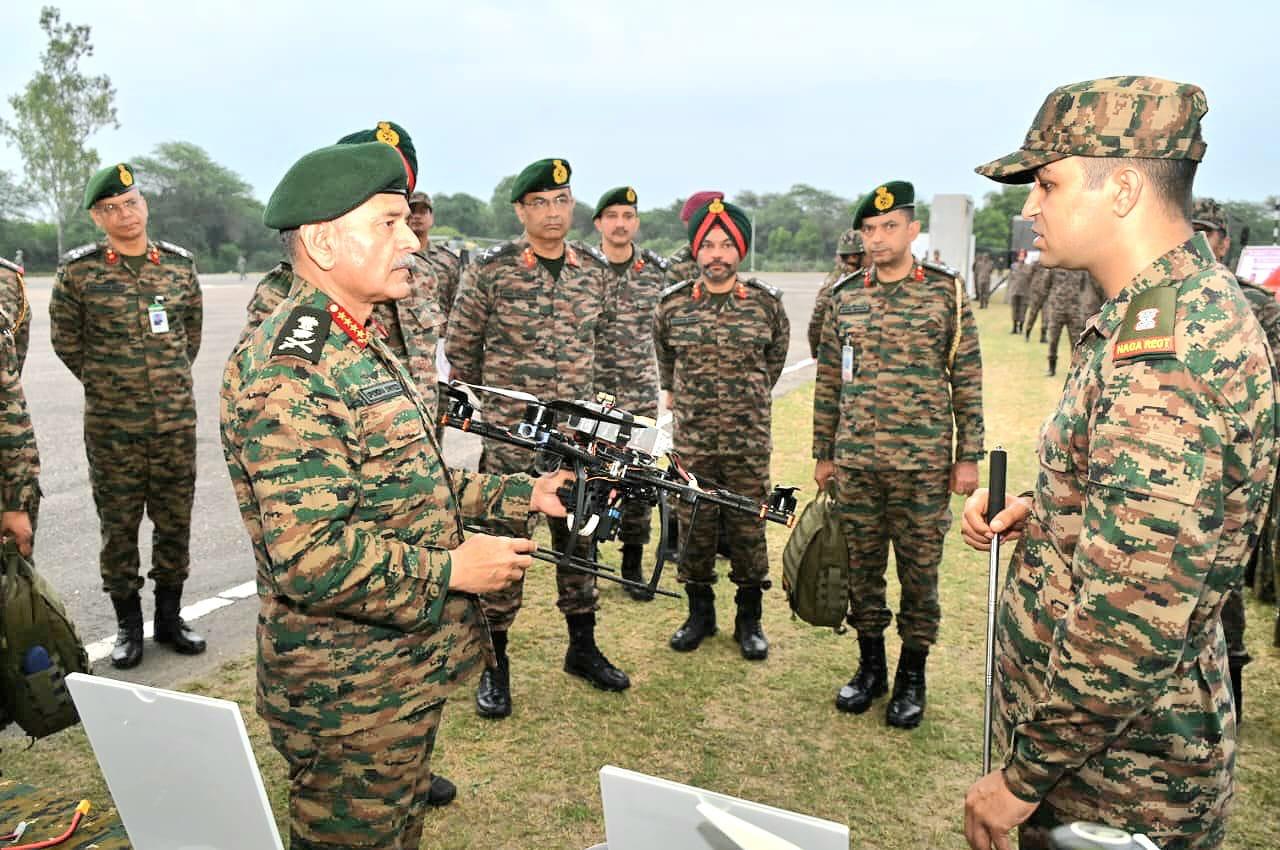Air Force Chief Visits Family of Late Sergeant Surendra Kumar in Rajasthan’s Jhunjhunu
Air Chief Marshal A P Singh on Wednesday visited the family of late Sergeant Surendra Kumar in Jhunjhunu, Rajasthan, who…
1,090 Personnel Awarded Gallantry and Service Medals Ahead of Independence Day
The Ministry of Home Affairs has announced that 1,090 personnel from Police, Fire, Home Guard & Civil Defence (HG&CD), and…
Karachi Independence Day Celebrations Turn Deadly as Aerial Firing Kills Three, Injures 64
At least three people, including an eight-year-old girl and a senior citizen, were killed and 64 others injured in Karachi…
Gallantry Awards to Honour Operation Sindoor Heroes on Independence Day
Gallantry awards will be announced this Independence Day for defence personnel who displayed exceptional courage during Operation Sindoor, a senior…
Indian Army Air Defence Chief Reviews Operational Readiness at Misa Camp and Bhalukmara
Lieutenant General Sumer Ivan D'Cunha, Director General and Colonel Commandant of the Indian Army Air Defence, concluded a three-day strategic…
Army Chief Reviews Security and AI-Driven Readiness at Bathinda Military Station
Chief of Army Staff General Upendra Dwivedi visited Bathinda Military Station to review the security preparedness and operational capabilities of…






